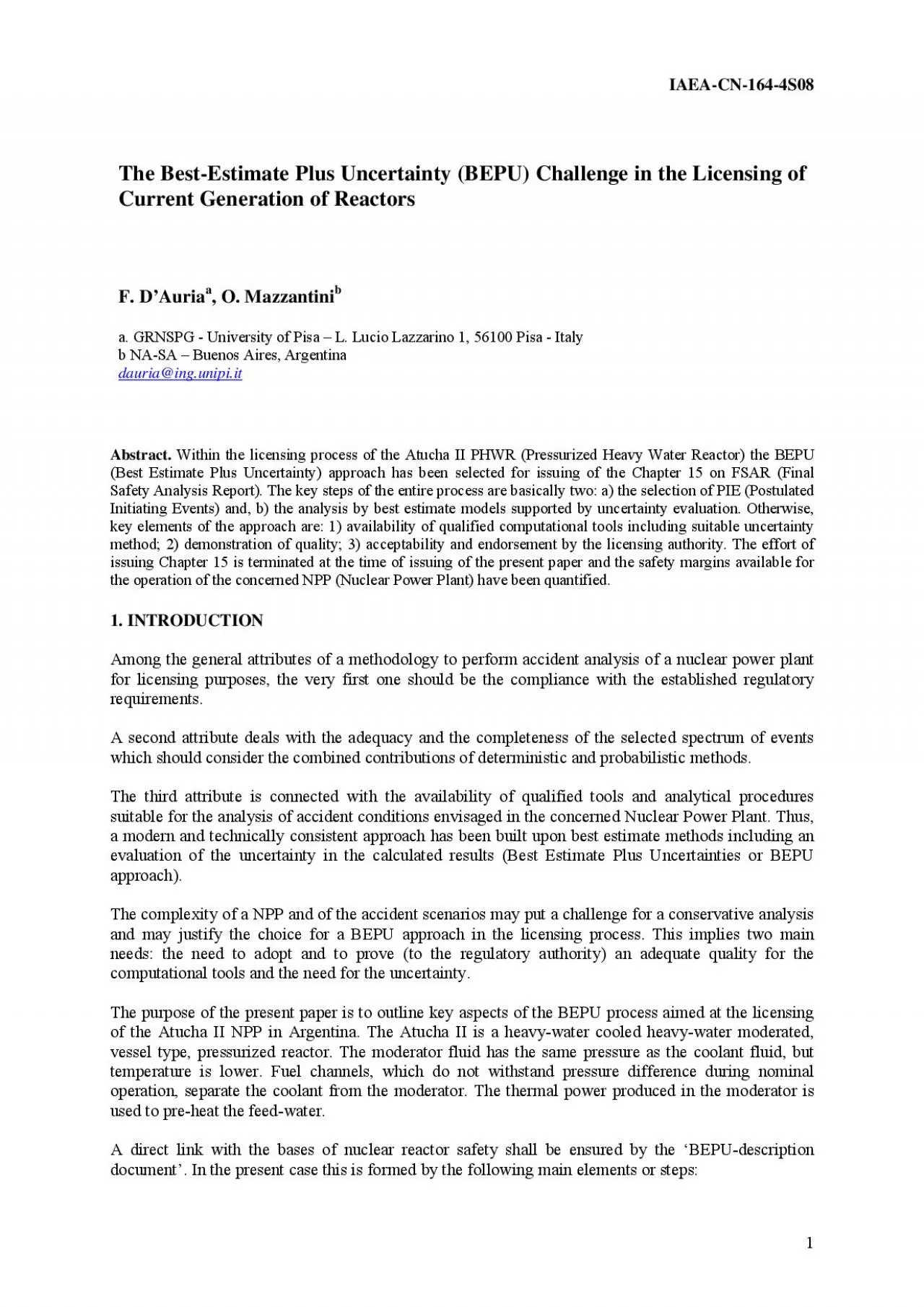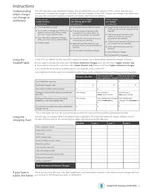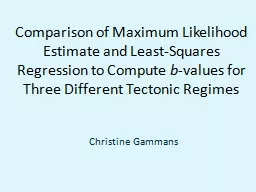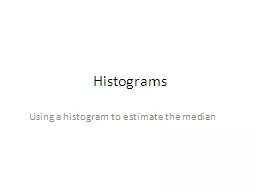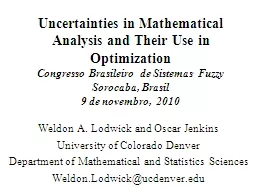PDF-Evaluation of the possibility to use a BE estimate within the context
Author : norah | Published Date : 2021-04-14
In order to evaluate the plant safety performance acceptance criteria are properly selected according to estabilished international practice The two main aspects
Presentation Embed Code
Download Presentation
Download Presentation The PPT/PDF document "Evaluation of the possibility to use a B..." is the property of its rightful owner. Permission is granted to download and print the materials on this website for personal, non-commercial use only, and to display it on your personal computer provided you do not modify the materials and that you retain all copyright notices contained in the materials. By downloading content from our website, you accept the terms of this agreement.
Evaluation of the possibility to use a BE estimate within the context: Transcript
Download Rules Of Document
"Evaluation of the possibility to use a BE estimate within the context"The content belongs to its owner. You may download and print it for personal use, without modification, and keep all copyright notices. By downloading, you agree to these terms.
Related Documents

